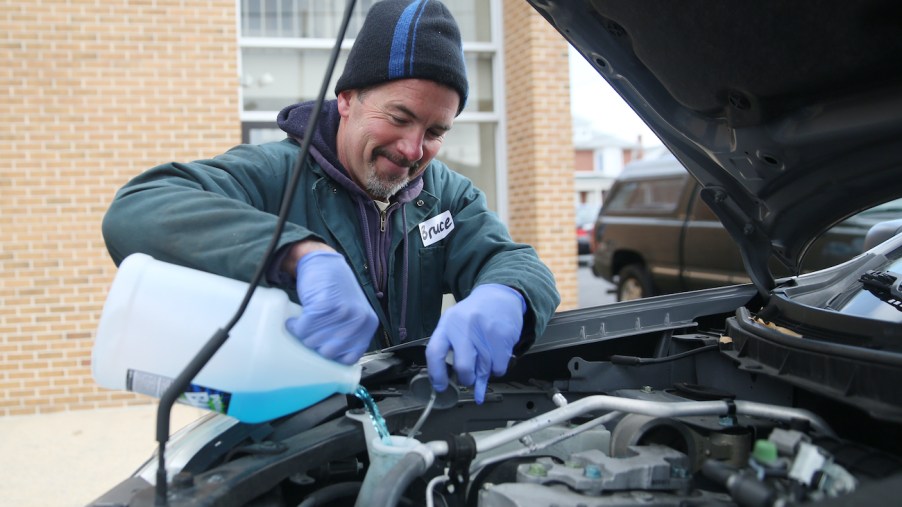
6 Car Fluids You Should Check In the Summertime
Freezing winter conditions can be tough on your car, but the summertime heat can be just as rough. In that case, it’s a great time to check your car’s fluids to ensure that it runs smoothly all summer and into the winter. Here are six of the most vital fluids that you should check and possibly replace.
1. Engine oil
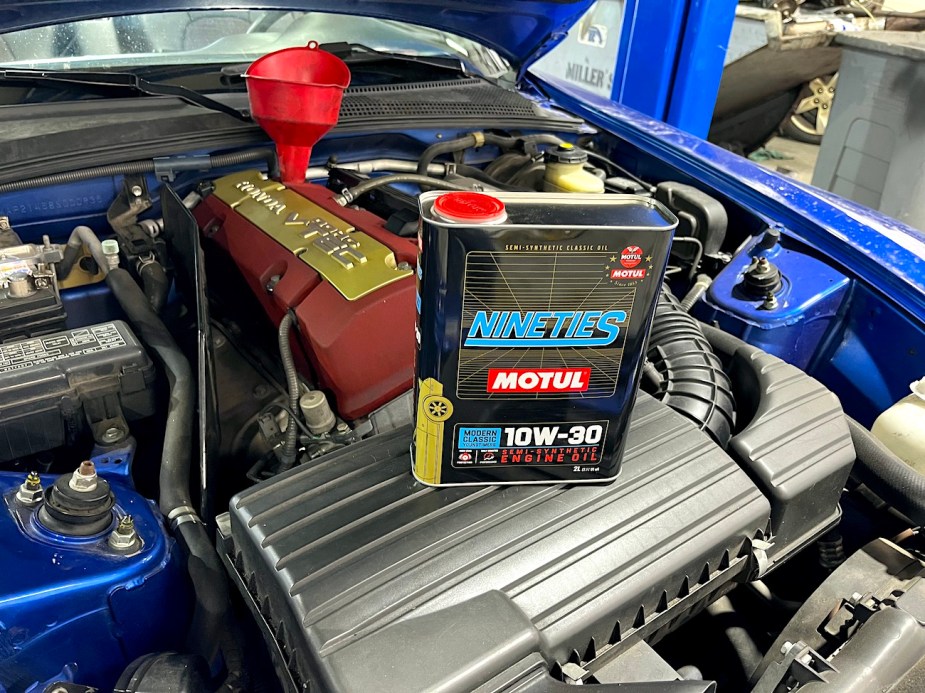
It’s a good idea to check your car’s engine oil on a monthly basis regardless of the time of year. When you check the oil, ensure the car is turned off to get an accurate reading. If the oil is yellow or light brown, then it’s still in decent shape. You can top it off with clean oil if it’s a little low. But if the oil is black or gritty, then it’s definitely time to change it. Be sure to check your car’s owner’s manual for the proper grade of oil to use.
2. Windshield washer fluid
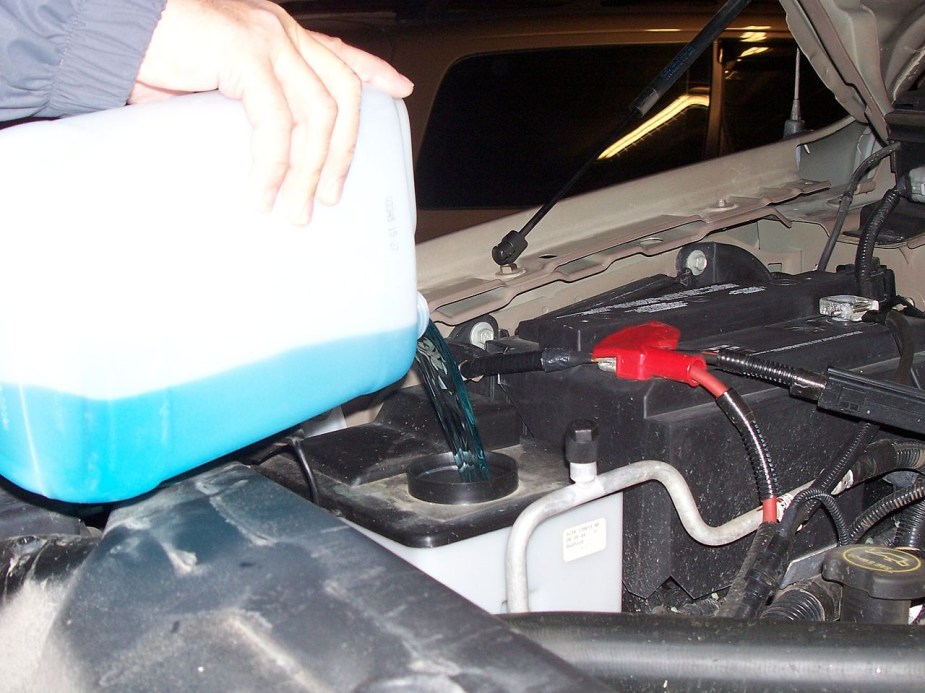
Locate the windshield washer fluid reservoir in your car’s engine bay – the cap is typically blue. After finding it, check for any dirt or muck in the reservoir itself and flush it out with a hose if needed. Afterward, refill the reservoir with premixed washer fluid and test the washers to ensure they work properly. This is also a good time to check your car’s washer blades in case it rains during summer.
3. Coolant
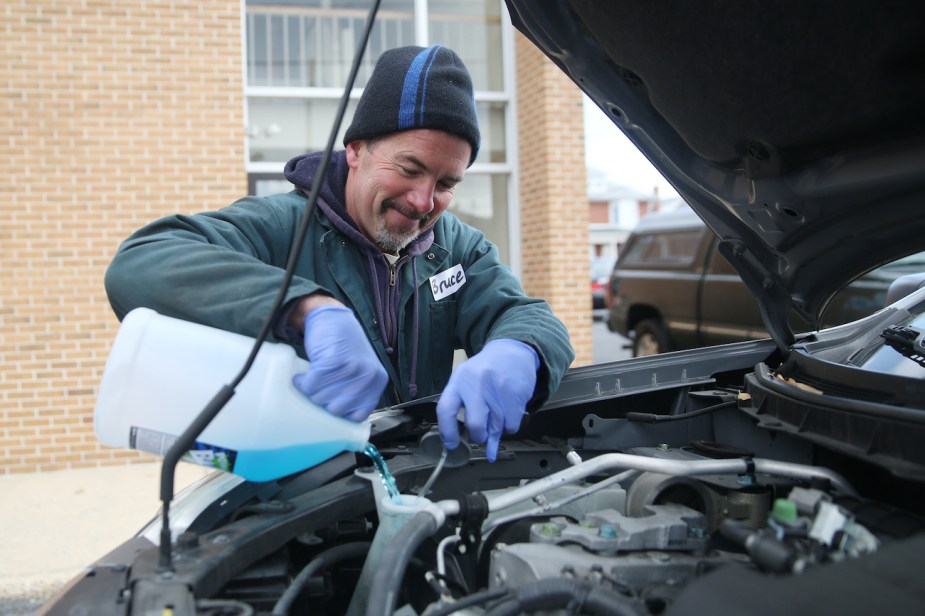
When the car is cooled down, check the coolant by removing the caps on the radiator and coolant reservoir. According to Family Handyman, “if the coolant is clean but low, add only a 50/50 mix of antifreeze and water to the reservoir’s “full cold” mark.” But if the coolant is murky and you see rust on the cap or the radiator itself, then you may need to drain and refill the coolant completely.
4. Brake fluid
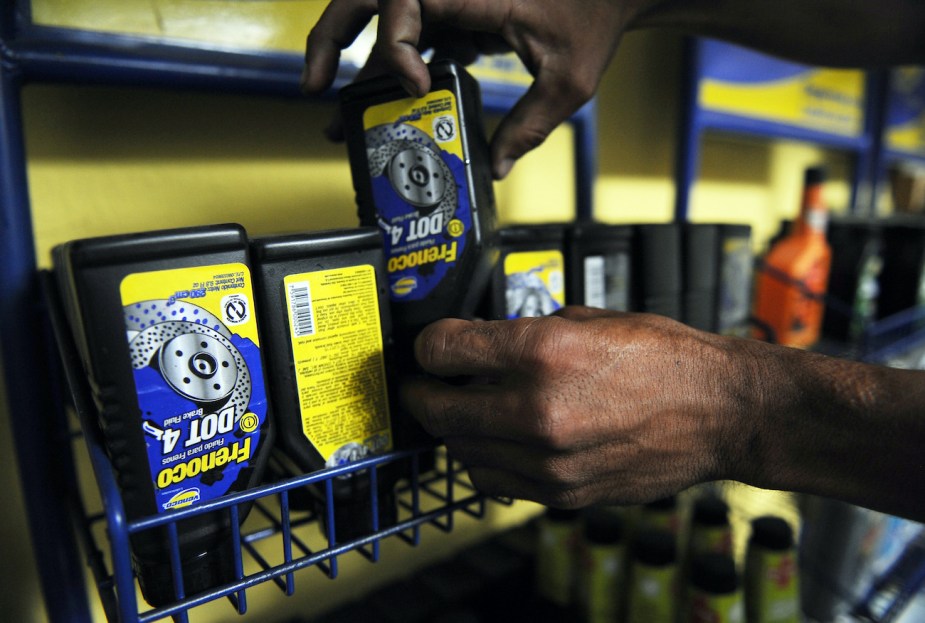
Remove the master cylinder cap and check the brake fluid in the reservoir. If the fluid is dirty or really low, then you may need to have a repair shop bleed the lines and replace the fluid. However, if the fluid level is only a little low, then you can top it off with fresh brake fluid.
5. Power steering fluid
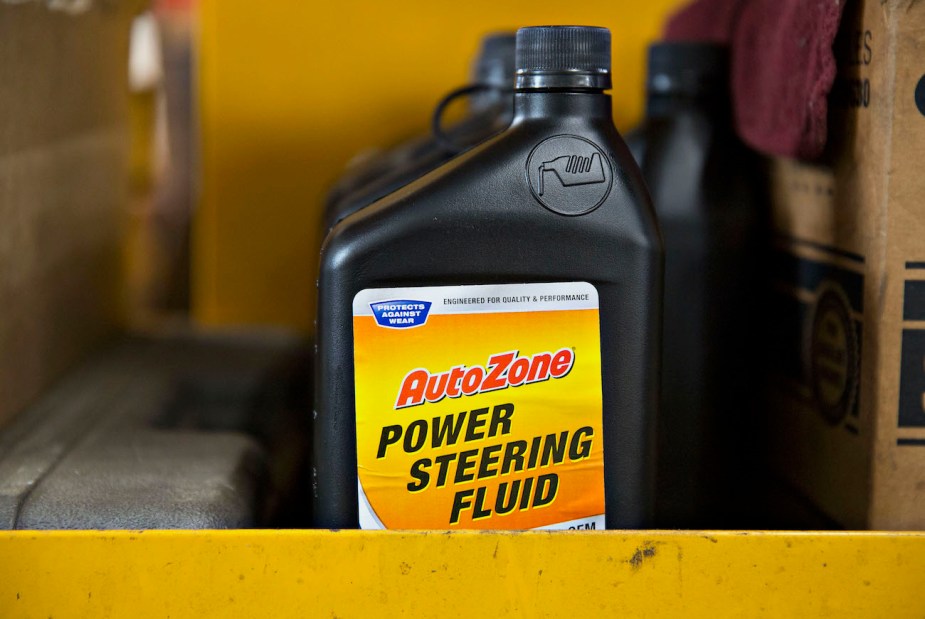
You can check the power steering fluid if your car has a hydraulic power steering system. The dipstick for this particular fluid is typically connected to the reservoir cap. Check the power steering fluid level when the car is off, and the engine is cool. If it’s low, then top it off with more fluid. But if the fluid is black or brown, then you may need to get it serviced by a shop.
6. Transmission fluid
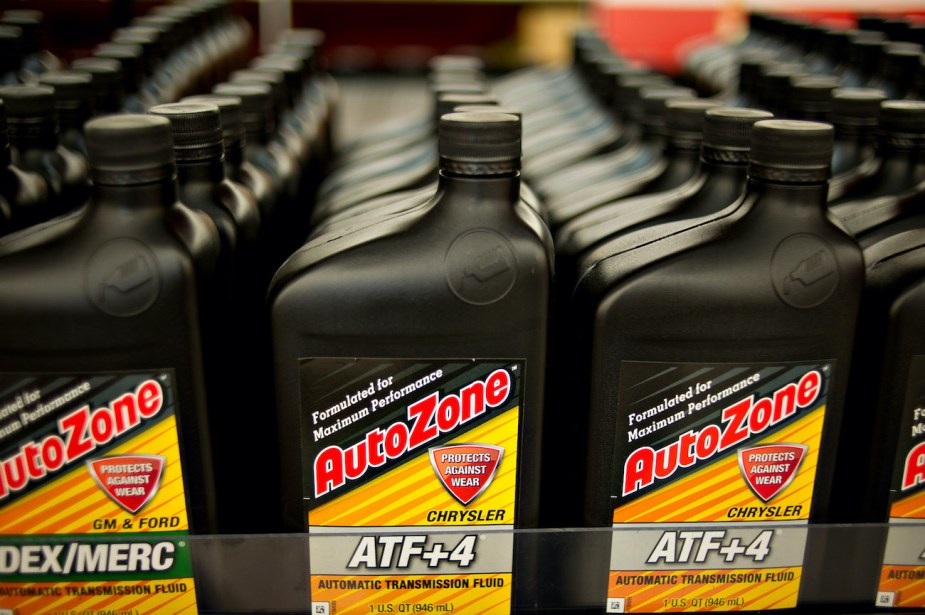
If your car has an automatic transmission, then you should be able to locate the dipstick on the transmission housing itself. Check your car’s owner’s manual for the exact location. When it comes to the actual fluid, remove the dipstick, wipe it clean, then reinsert it. If the fluid is red/pinkish but low, then you can top it off. But if it’s a dark red or brown color, then it may need to be replaced.
Checking your car’s fluids in the summertime
It’s always a good idea to check your car’s fluid on a regular basis or at least when the seasons change. Doing so will let you know what’s going on with the car and can even prevent major failures.



